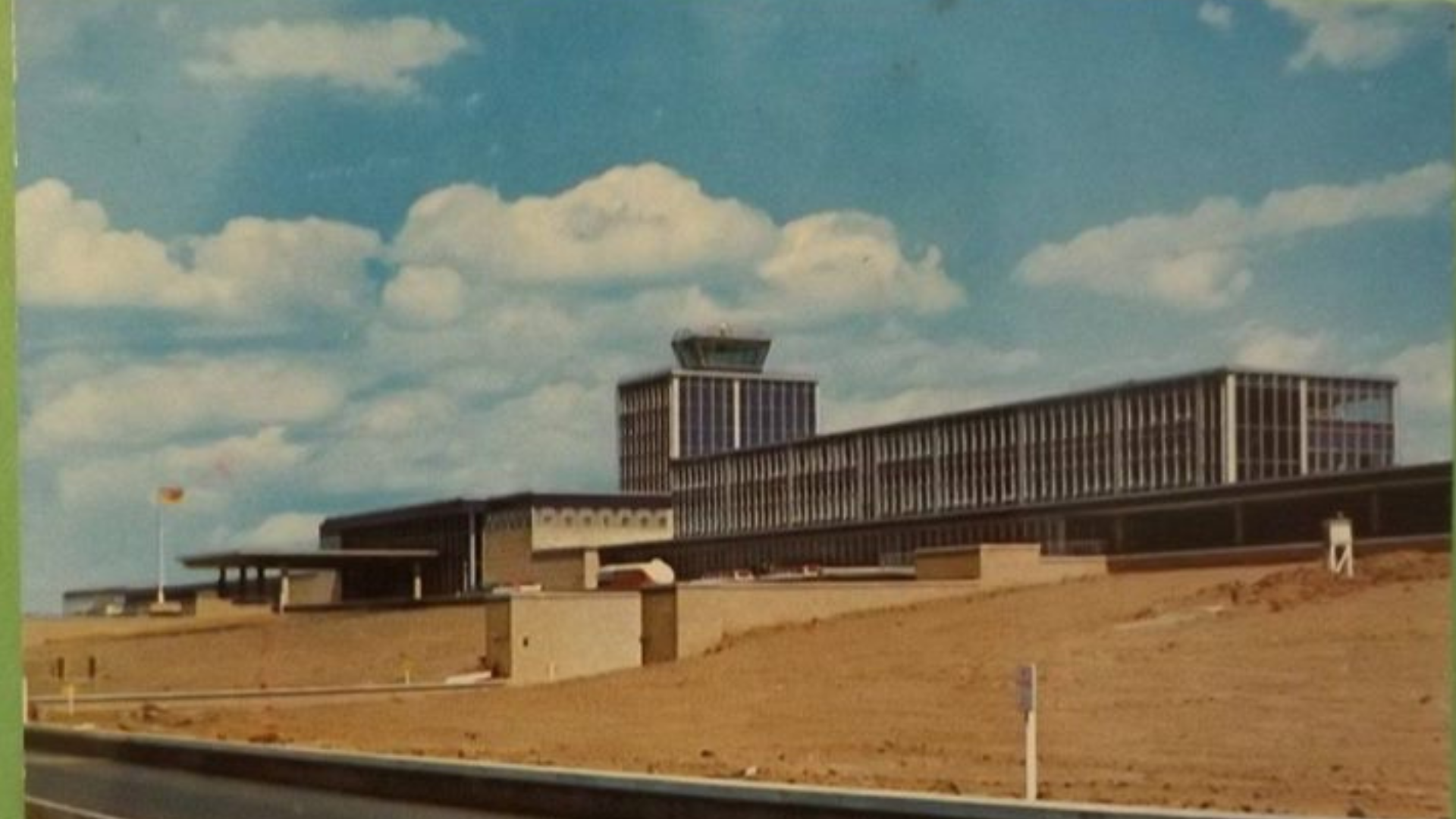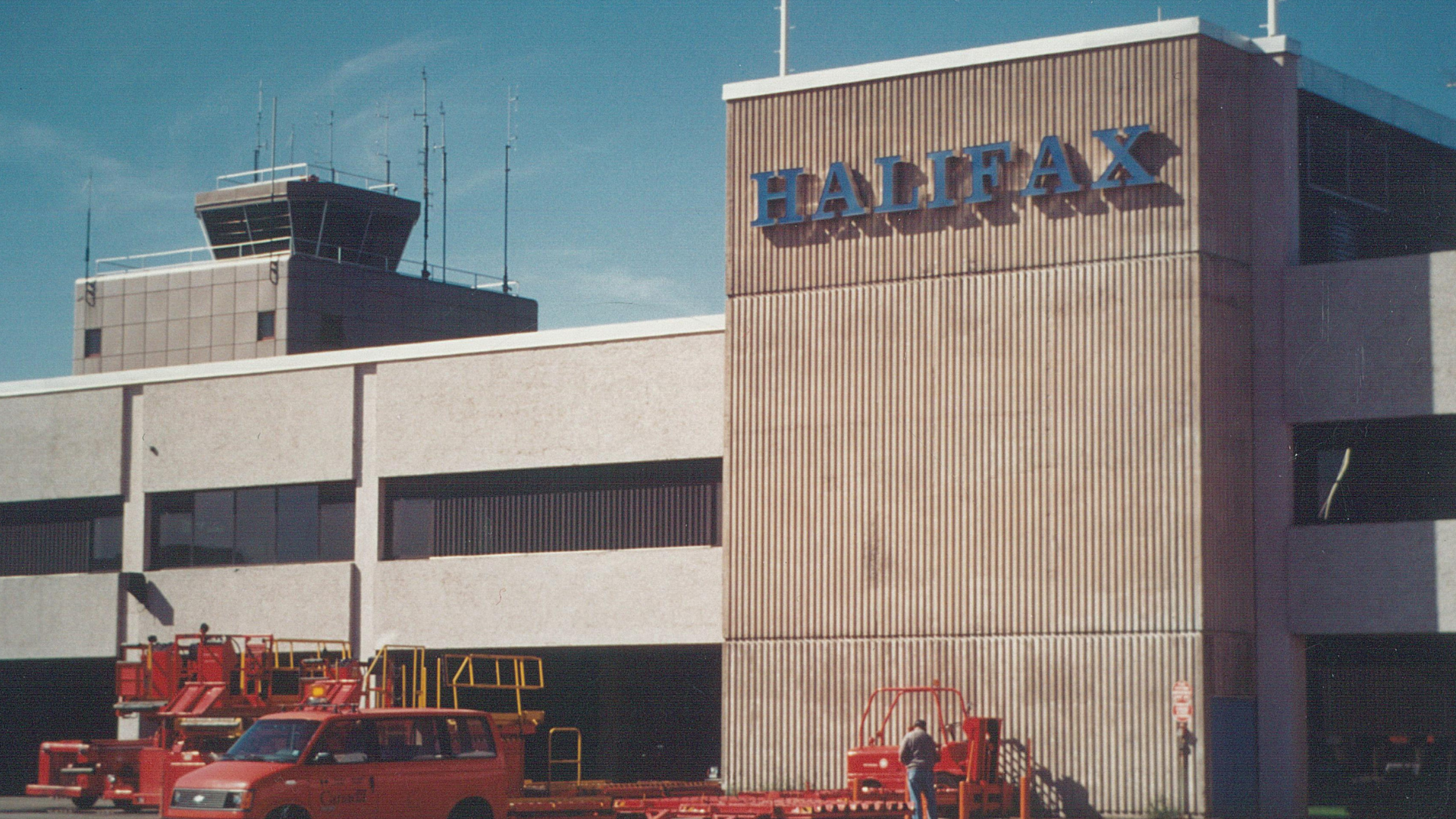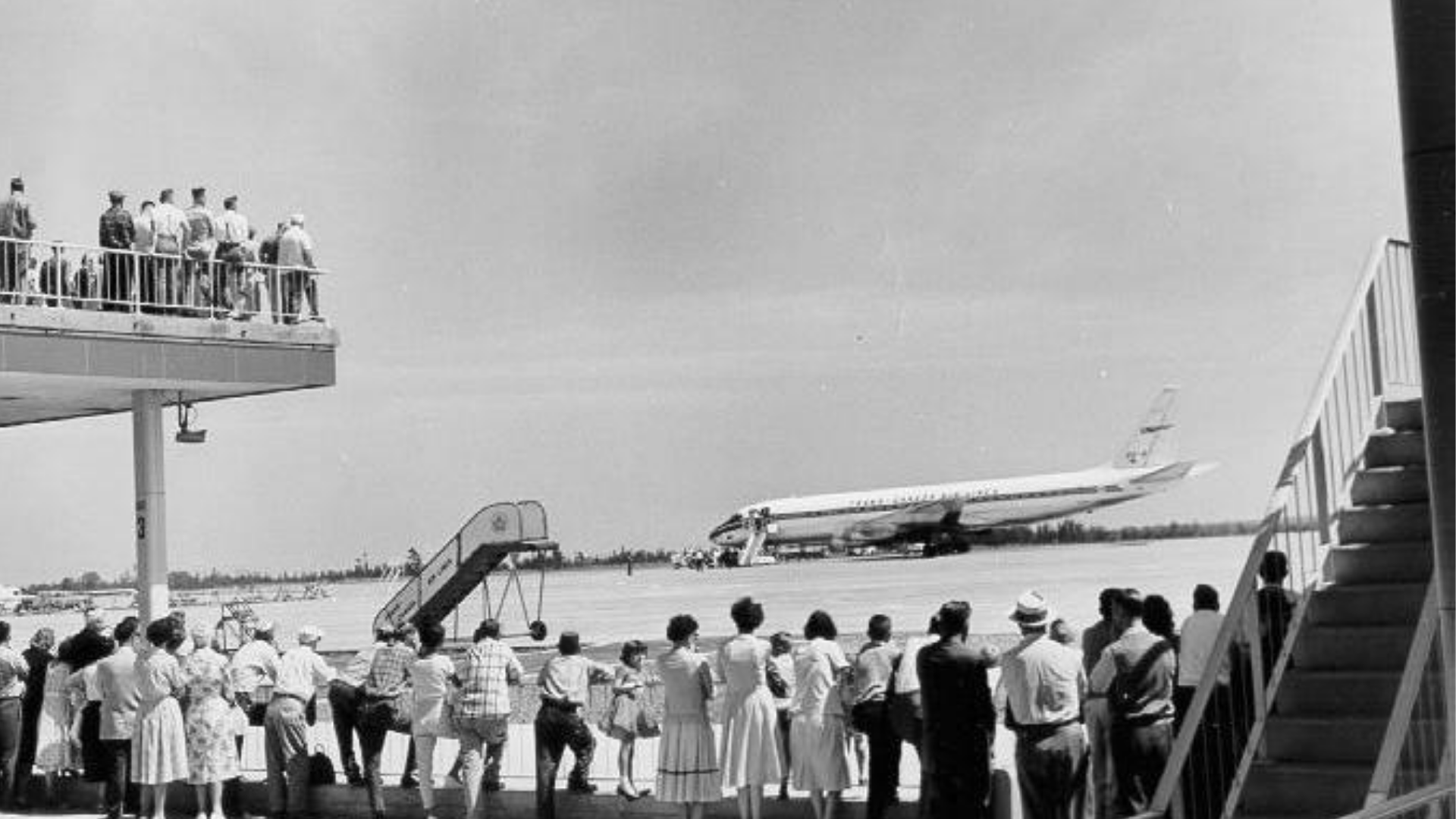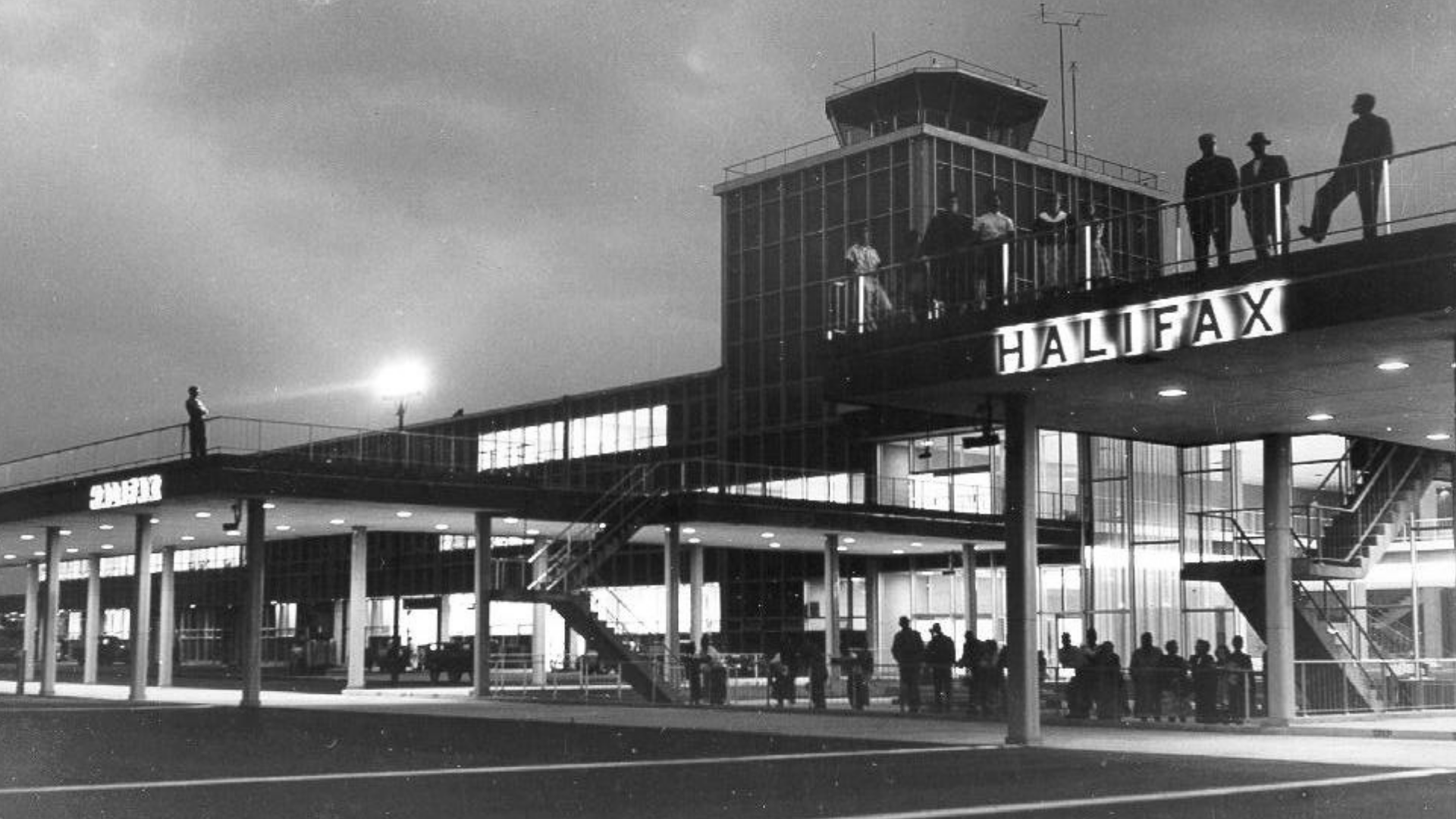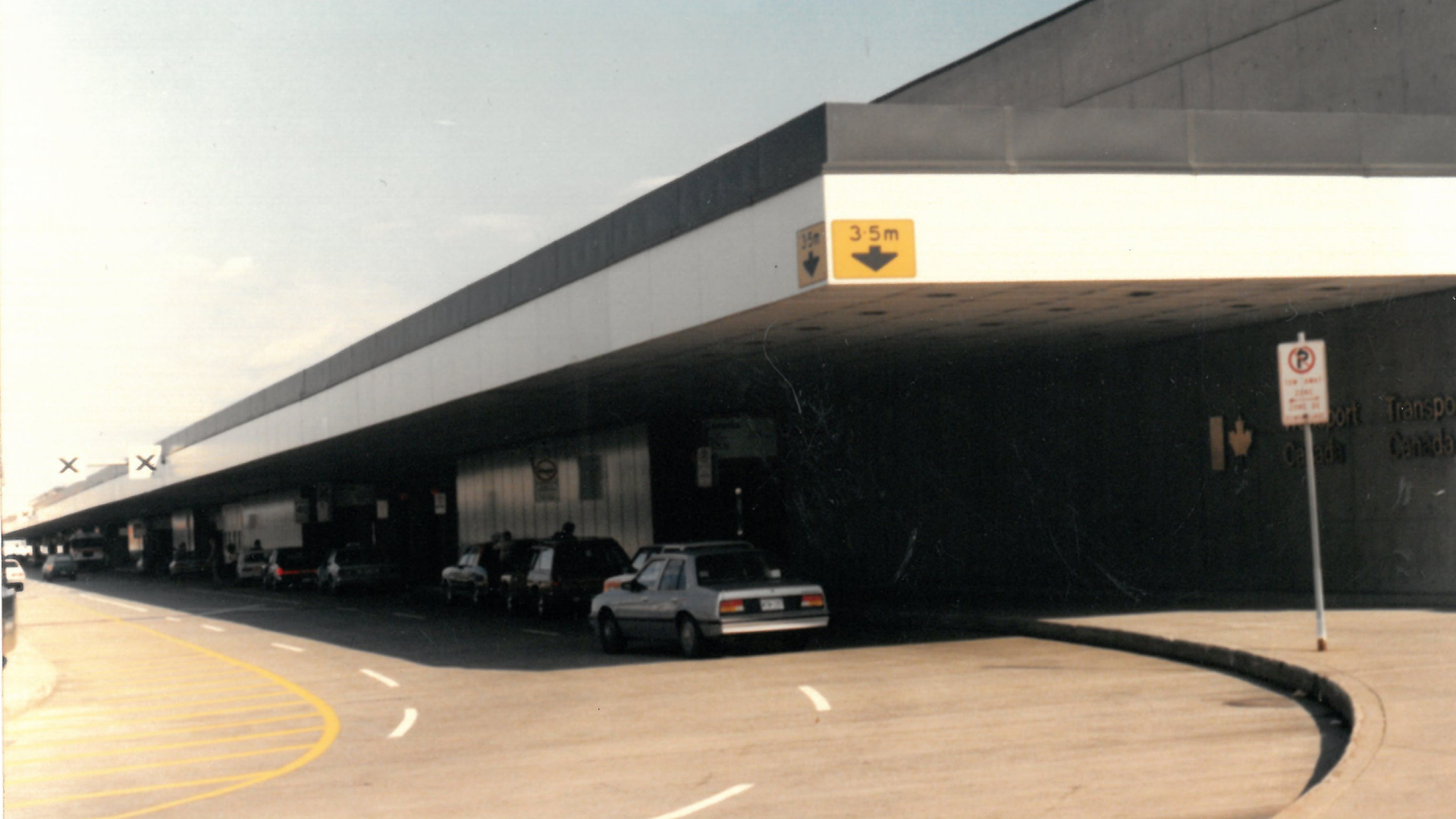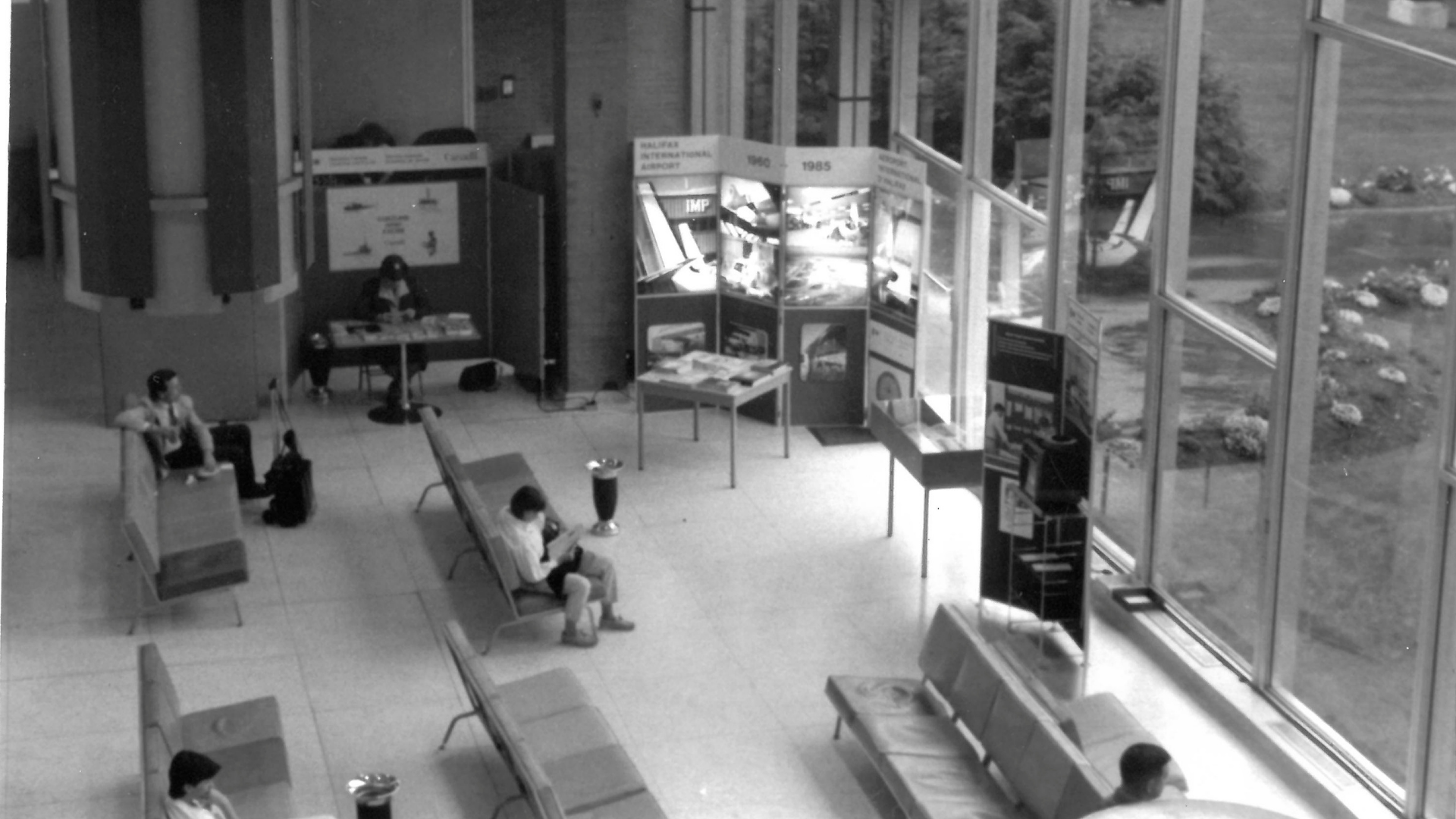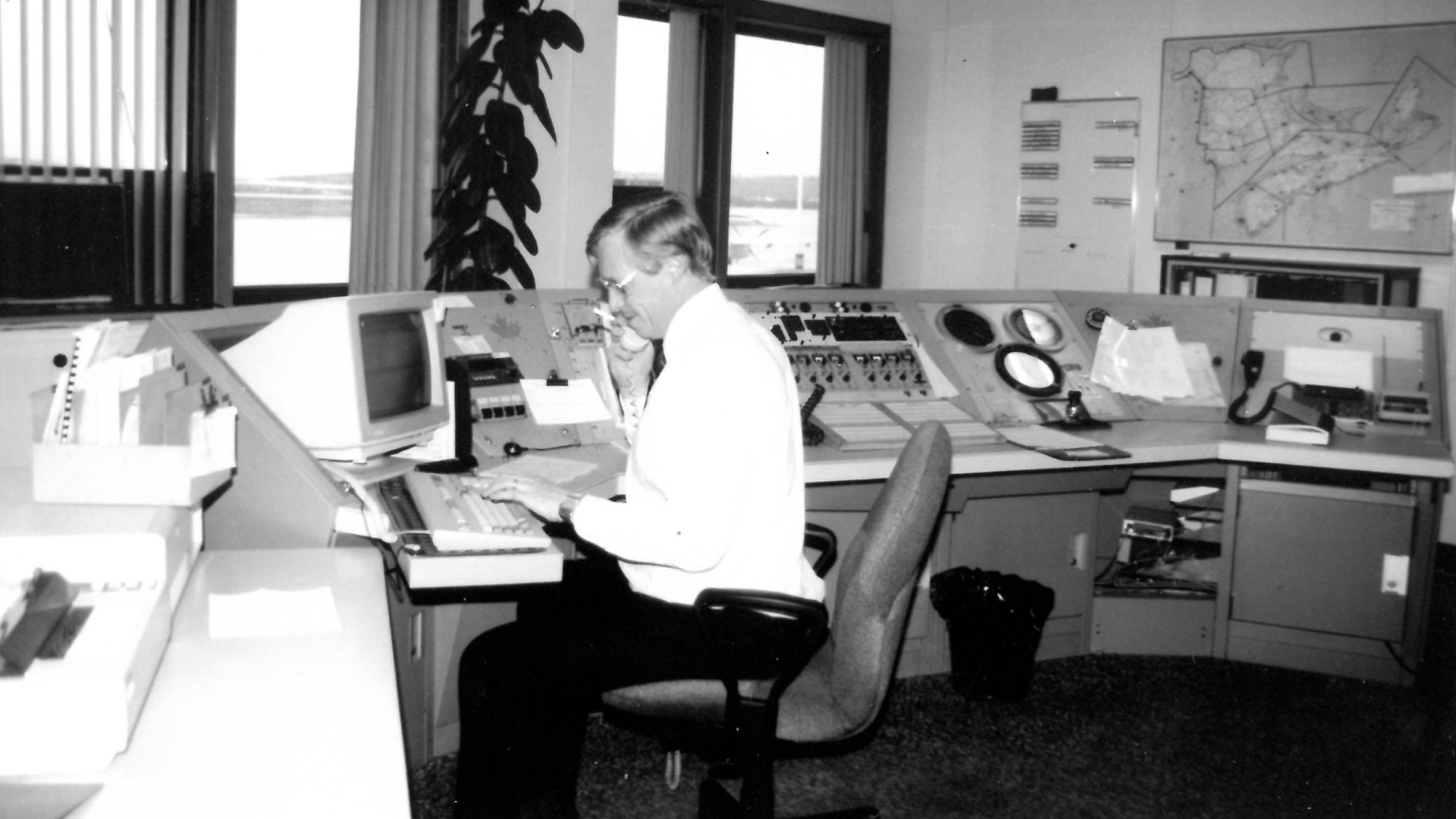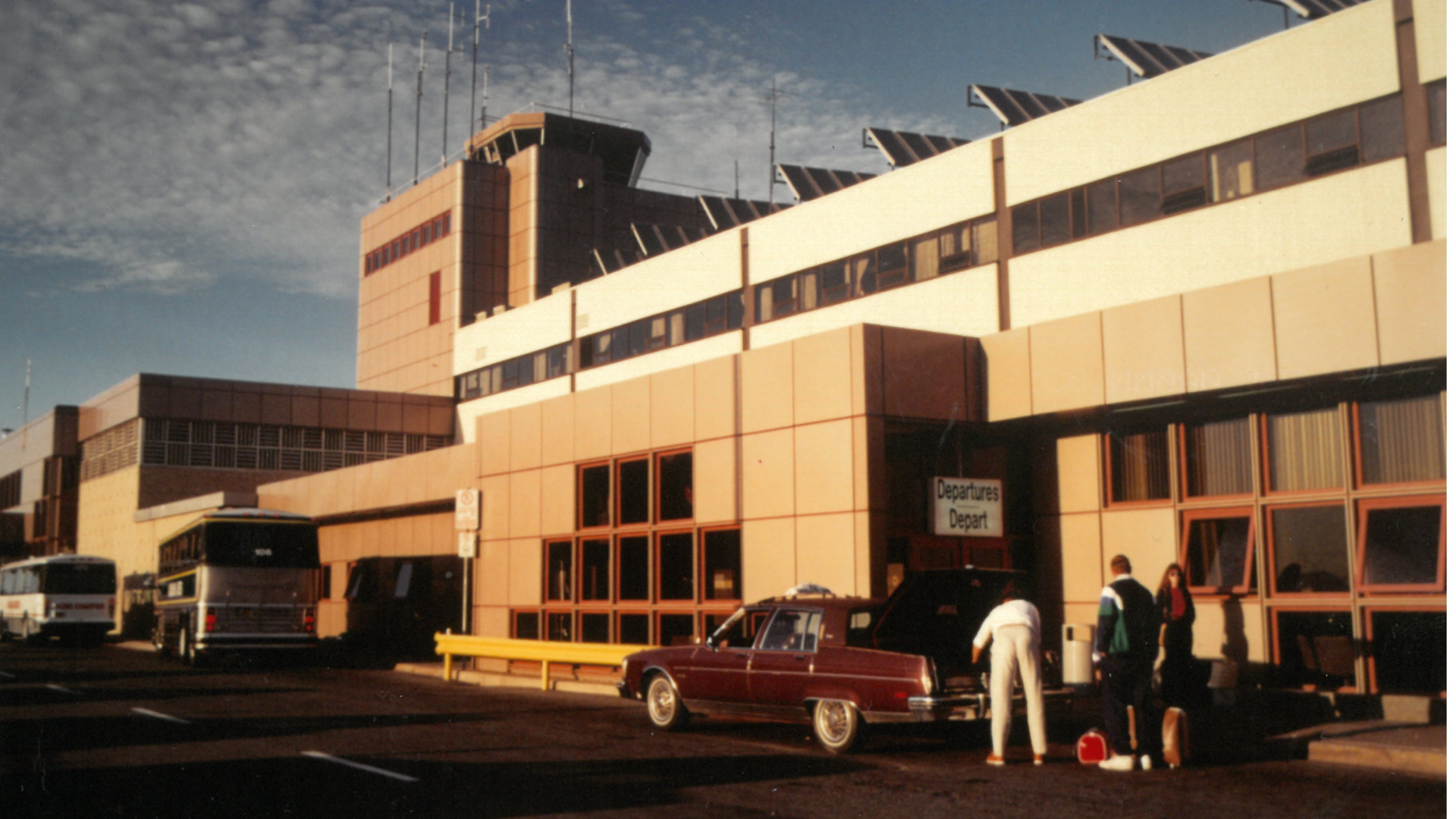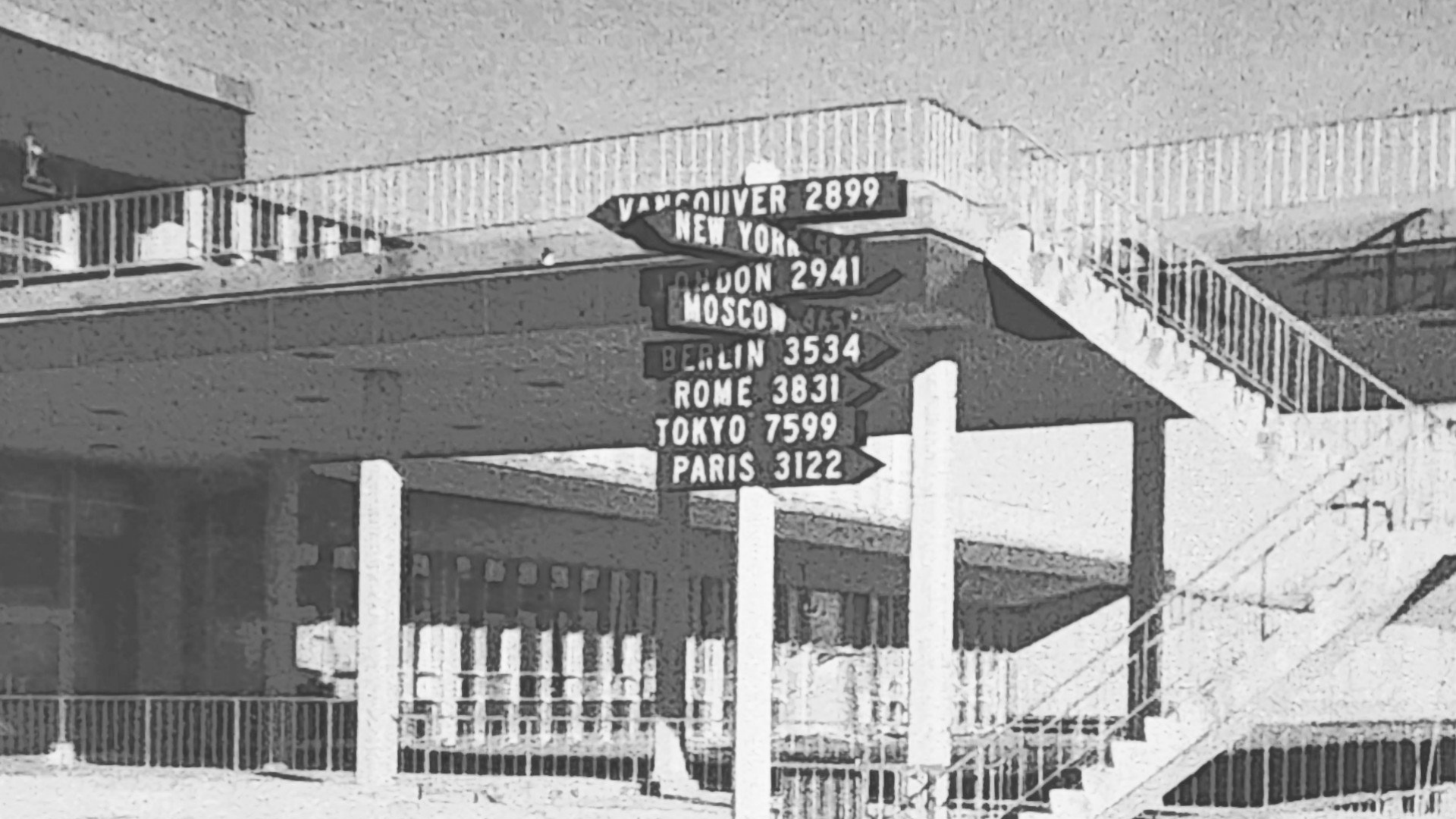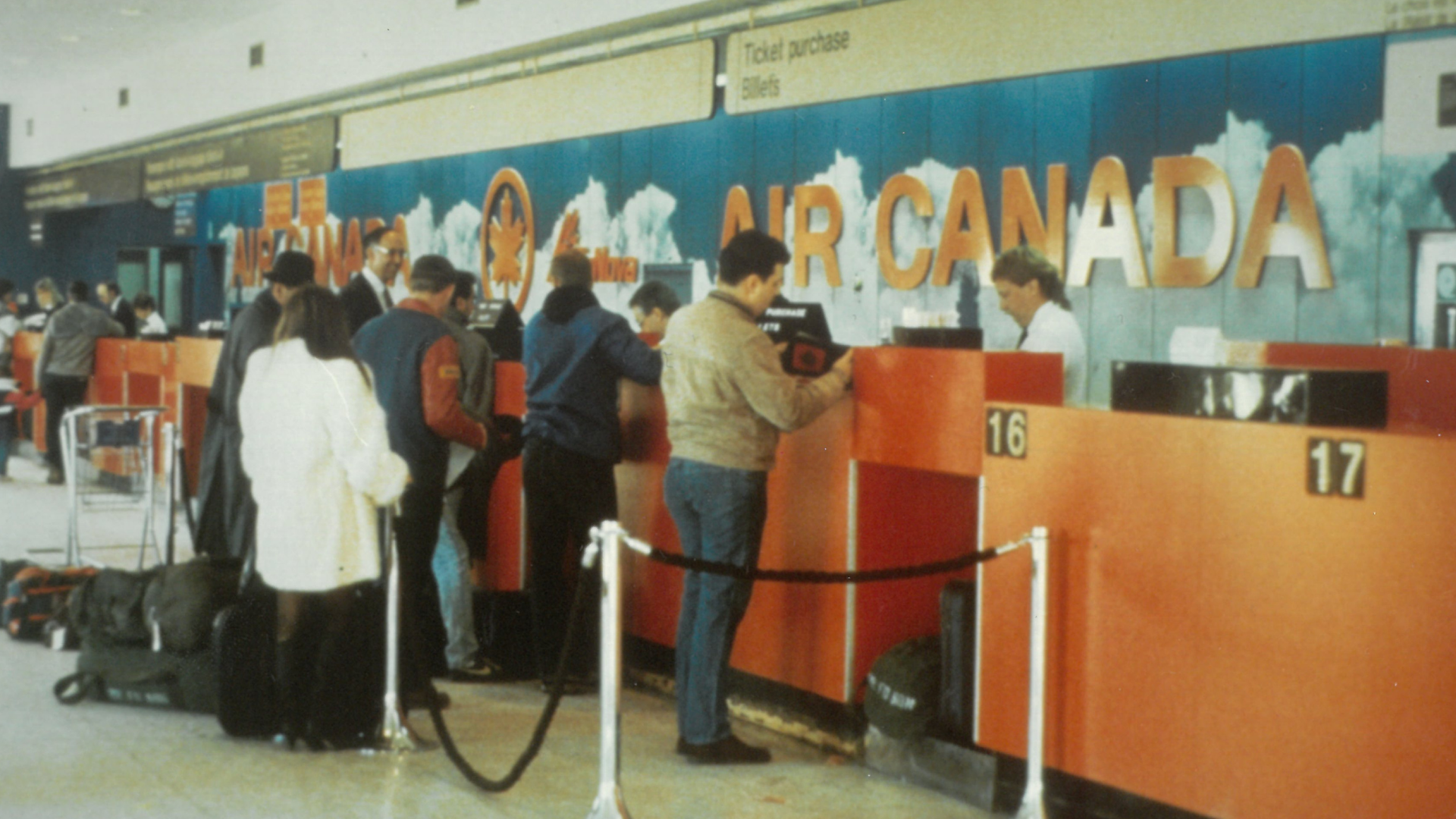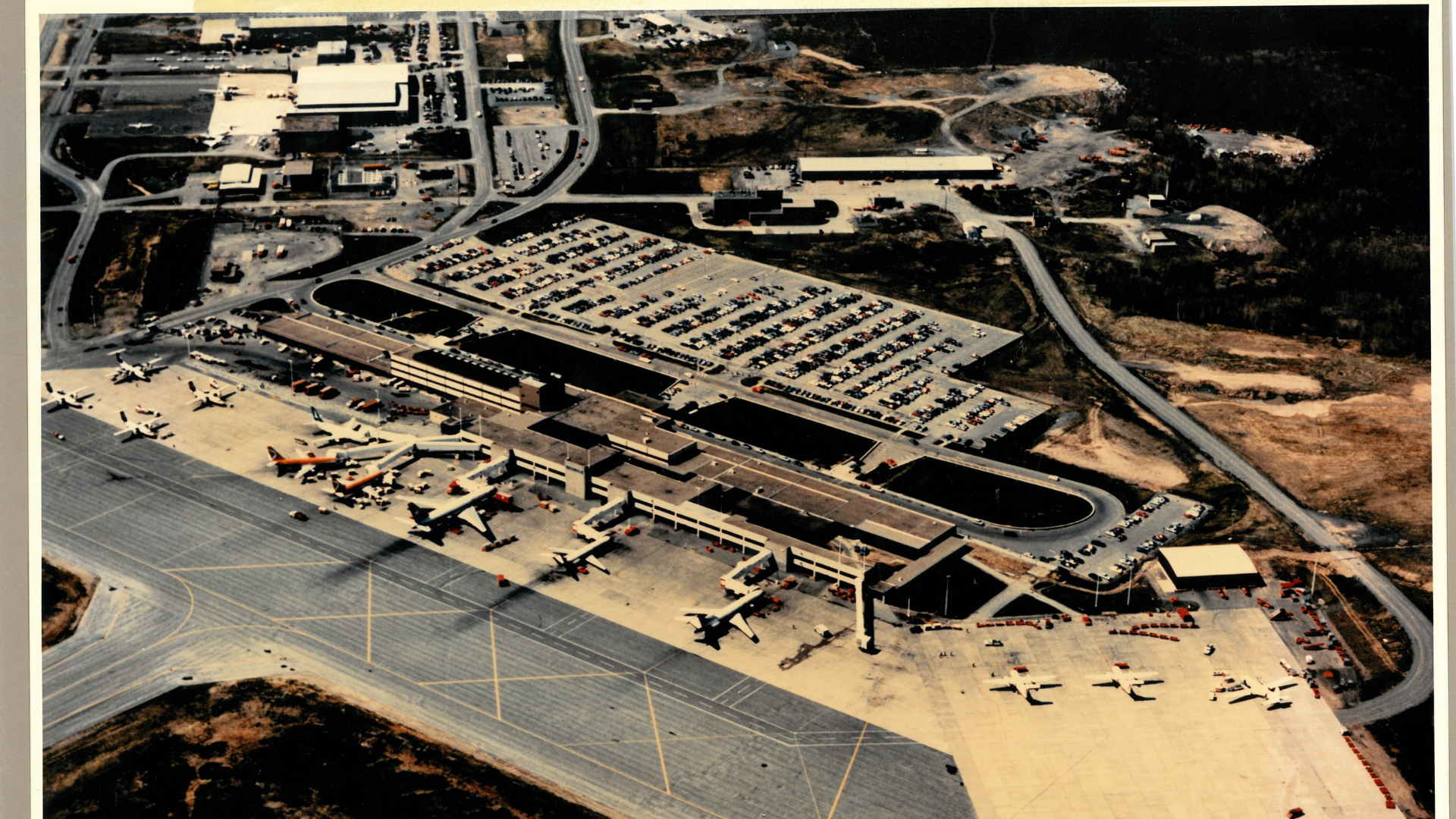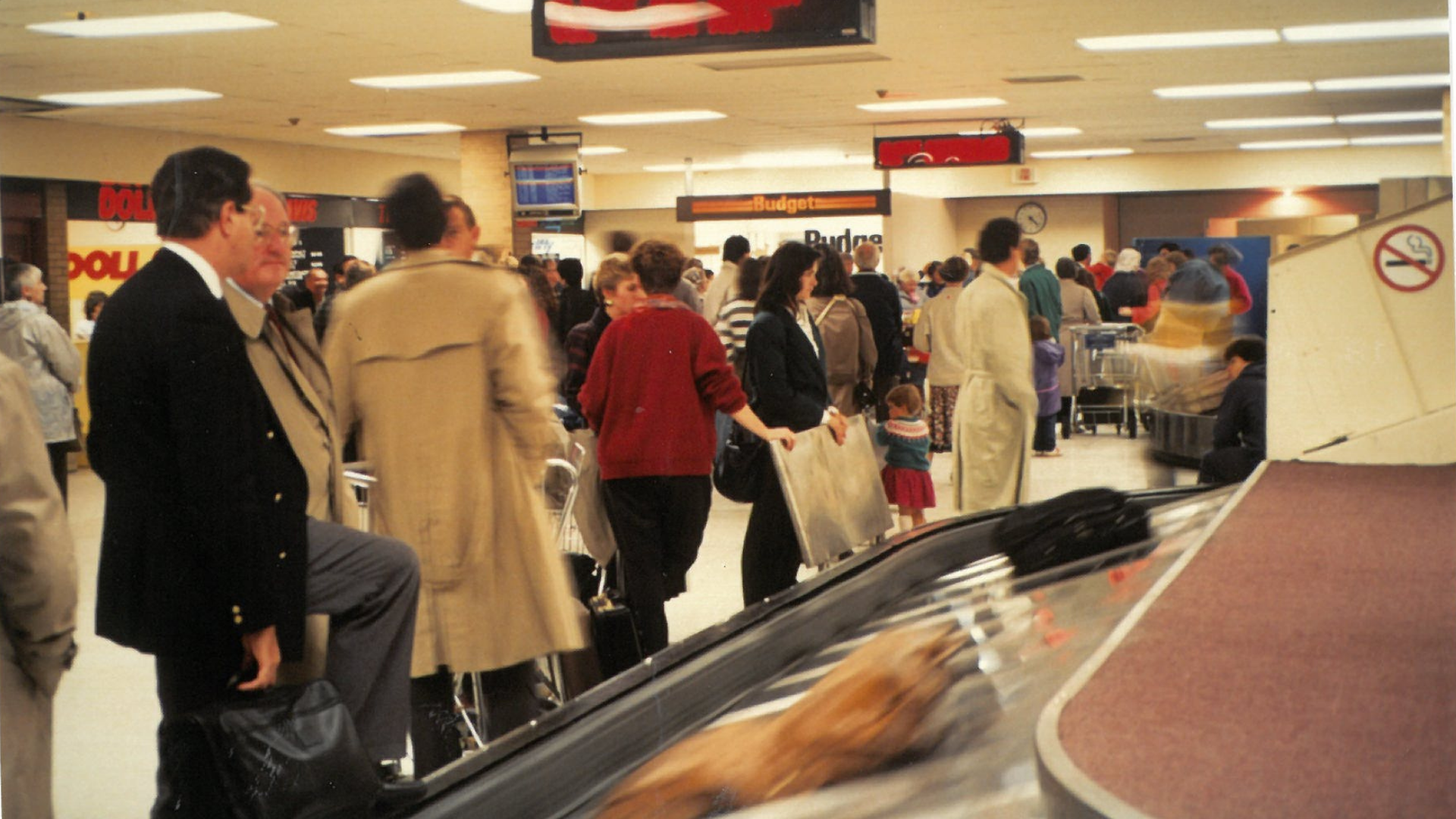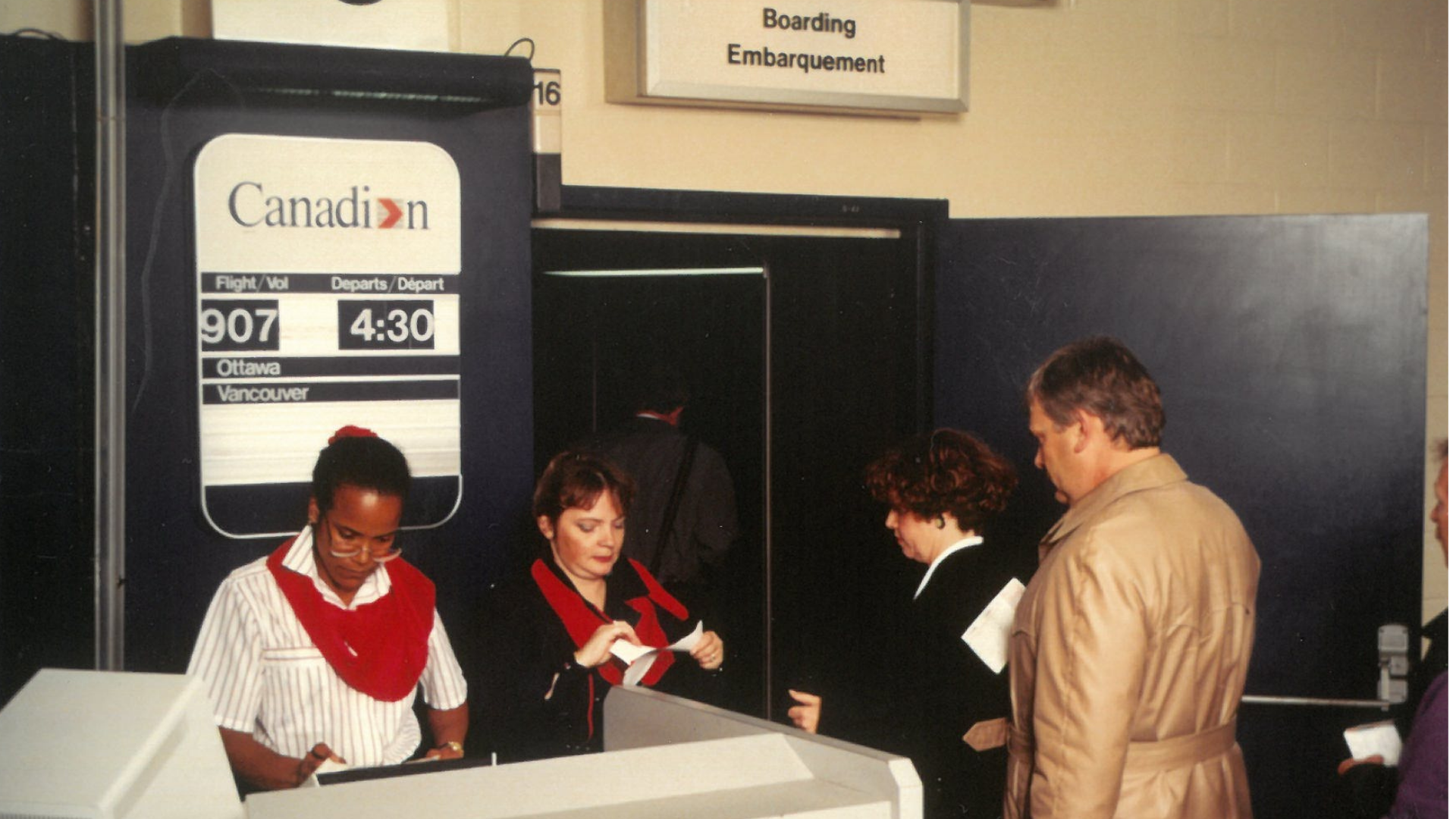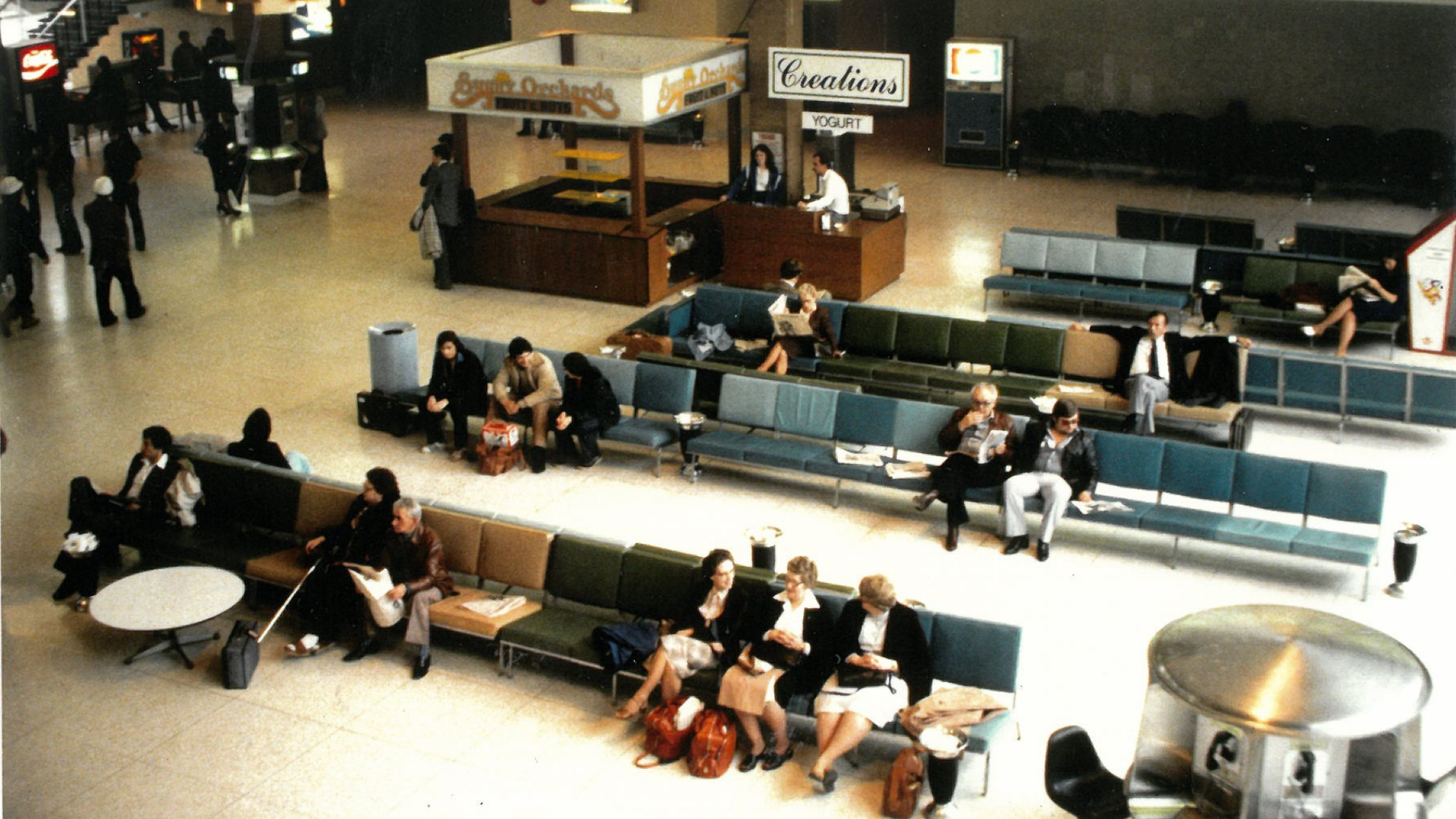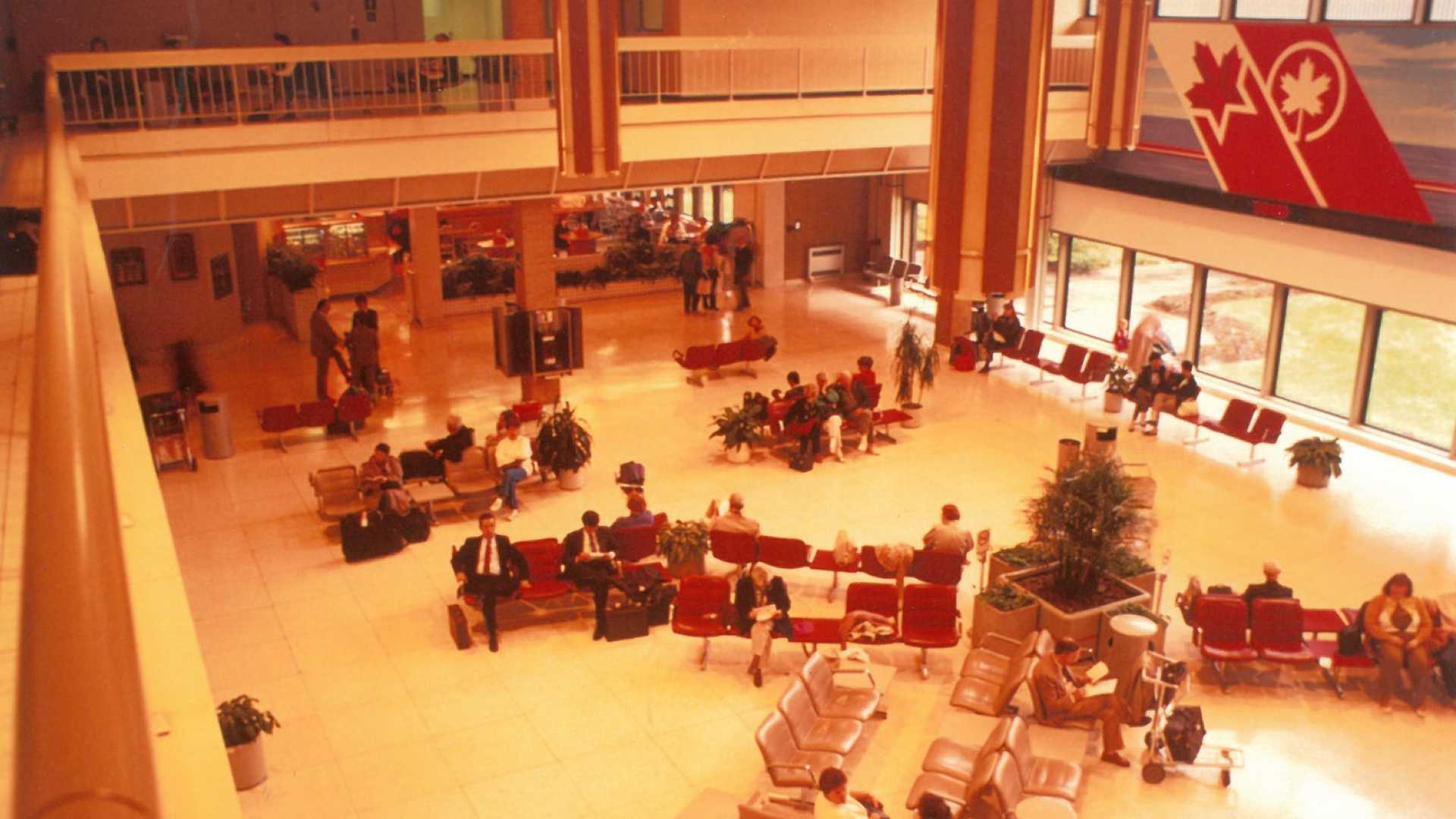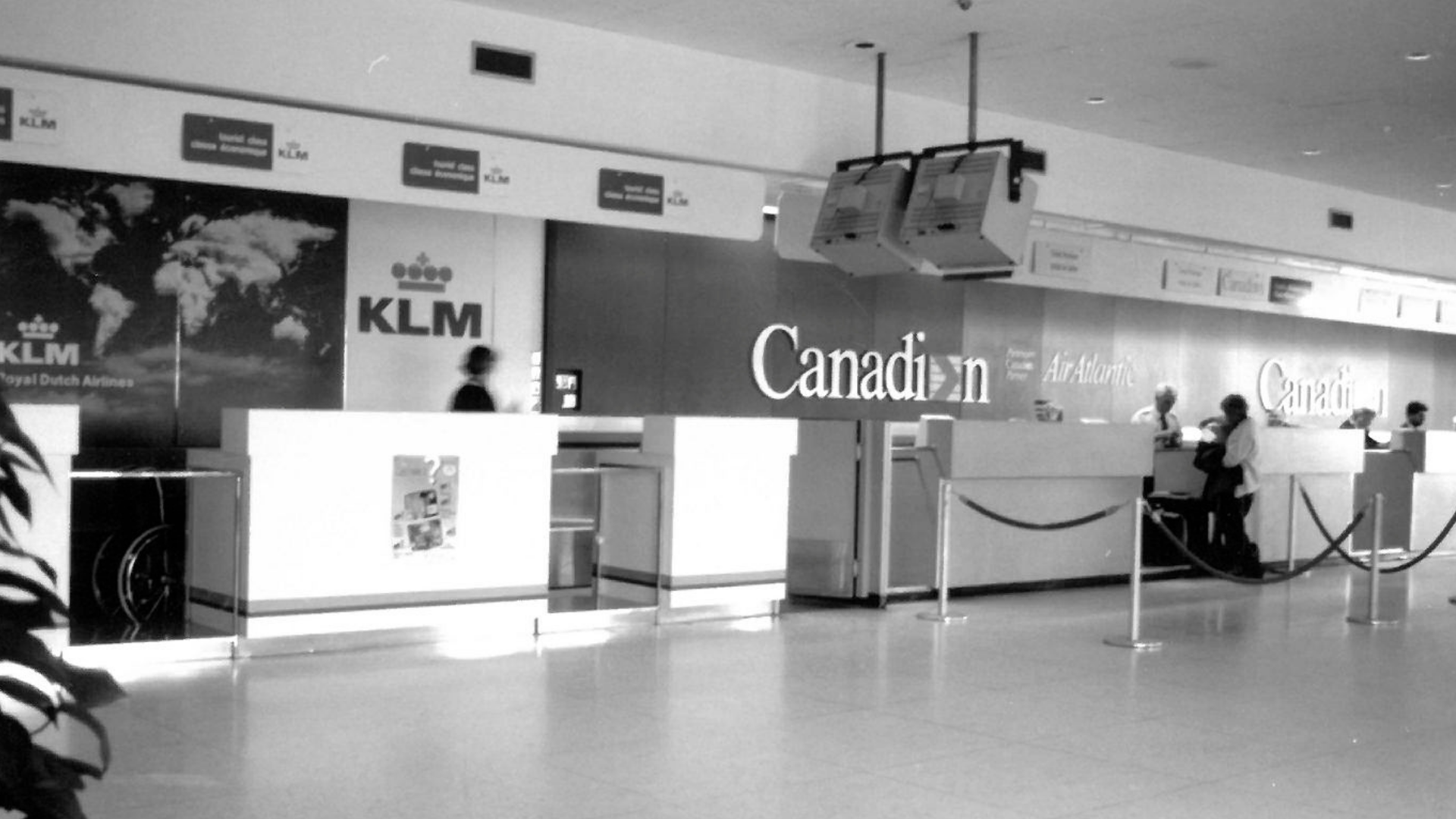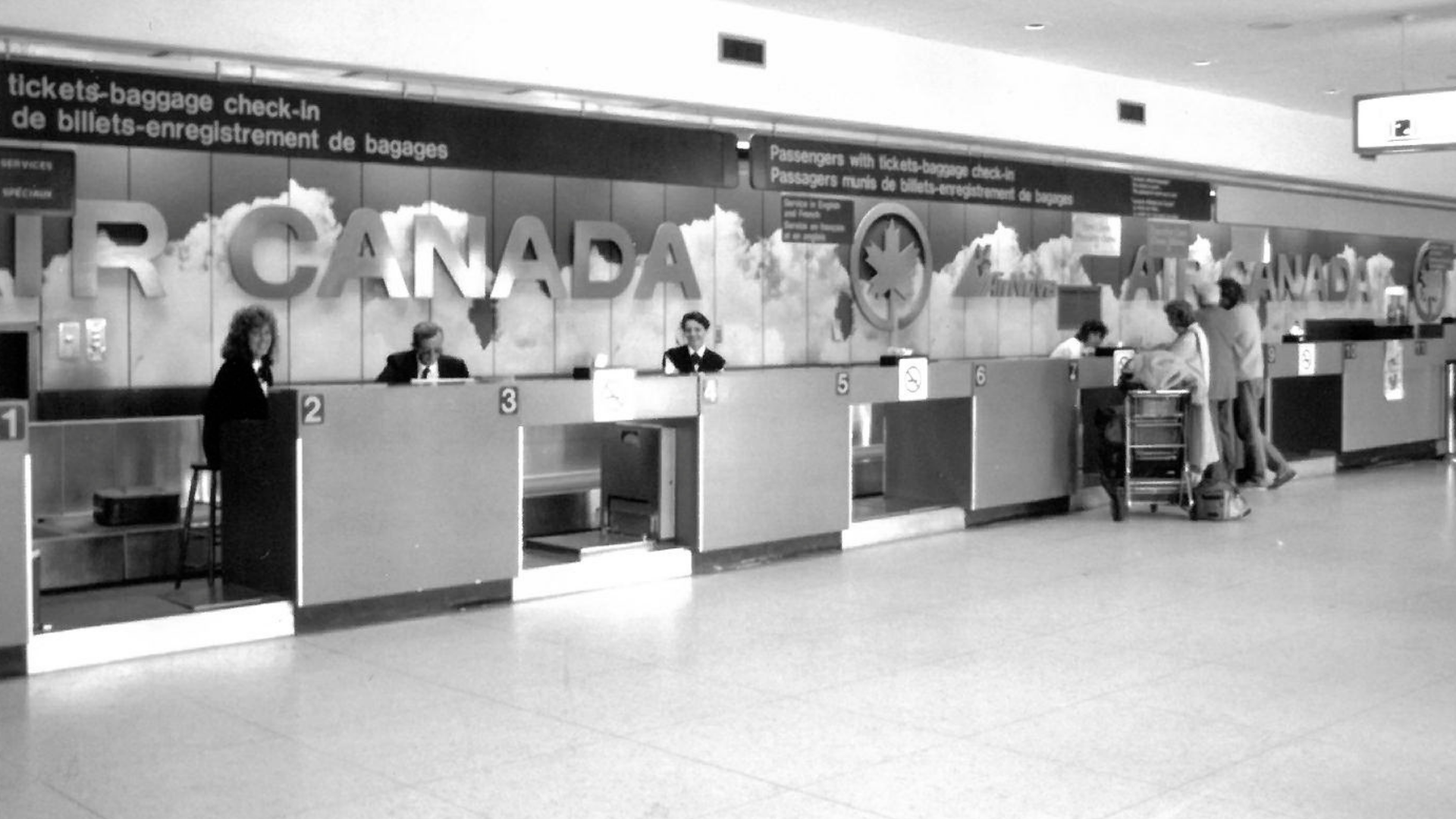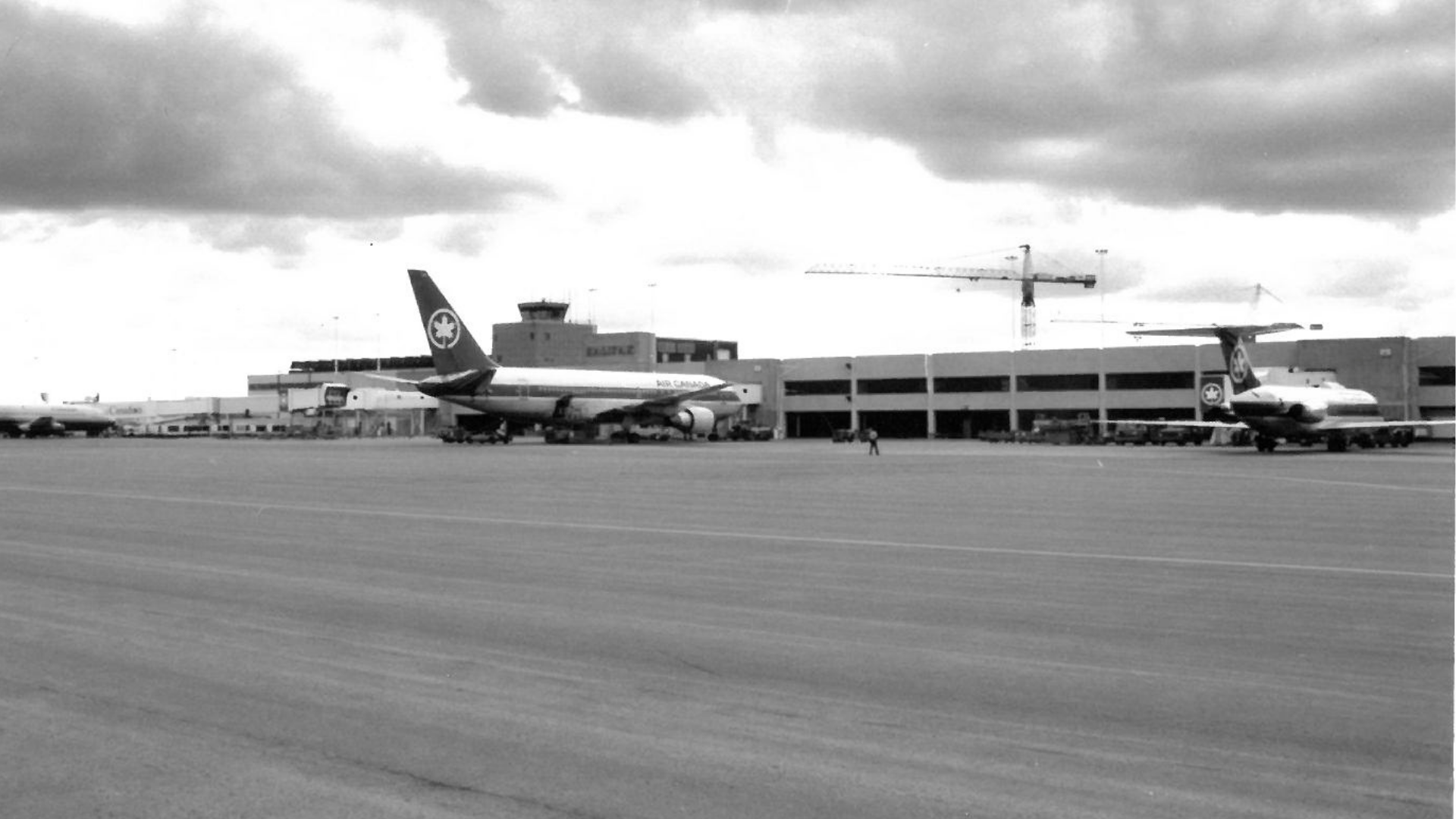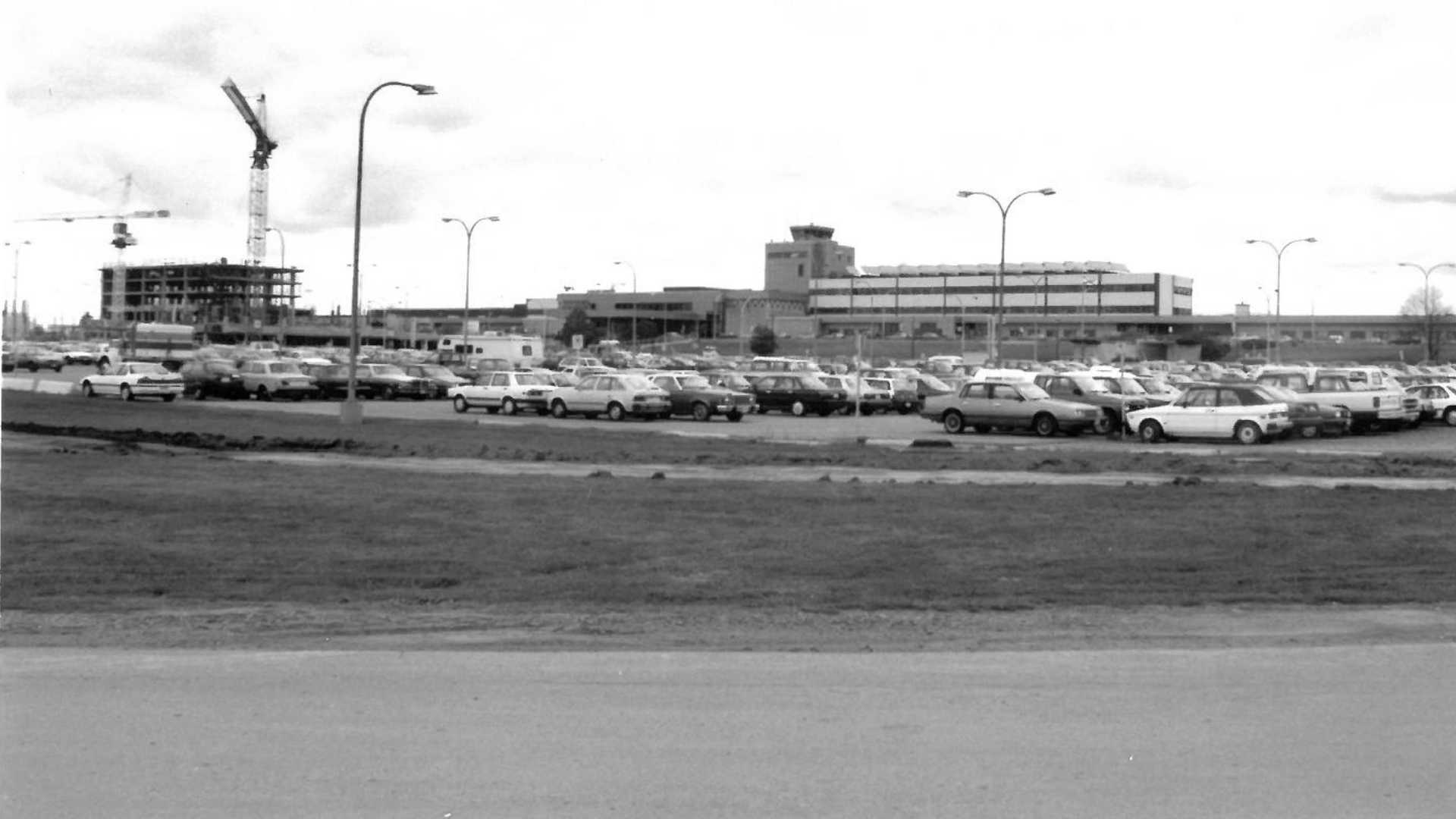History of Halifax Stanfield
Halifax Stanfield International Airport (Halifax Stanfield) is located in Mi’kma’ki, the ancestral and unceded territory of the Mi’kmaq. We acknowledge the Treaties of Peace and Friendship signed between the Mi’kmaw and the British Crown, and we honour the enduring relationship the Mi’kmaq have with this land. We also recognize and celebrate the history and contributions of African Nova Scotians, whose presence has shaped our province for over 400 years.
The Halifax area’s aviation history dates back to 1918 with the establishment of a military air base at Baker’s Point near Dartmouth, Nova Scotia. As civil aviation interest grew in the 1920s, and in 1930, Halifax constructed its first airport at Bluebell Farm in West End Halifax, near what is now Chebucto Road and Mumford Road. It was licensed in 1931 and operated by the Halifax Aero Club, with the first landing by Atlantic Airways in February of that year. During the 1930s, Pan American Airways operated seasonal flights to Halifax until efforts to expand the airport were deemed unfeasible. The airport was officially closed and its license cancelled in 1941. The site is now memorialized as Saunders Park, named after Donald Saunders, a respected WWII pilot who managed the airport until it closed.
For more information about Halifax’s first airport, visit Halifax Public Libraries’ post here (available in English only).
Following the closure of the airport on Chebucto Road in 1941, the new Royal Canadian Air Force base in Dartmouth (Shearwater) became the city’s main airport. However, following WWII, the City of Halifax renewed its push for a civil airport to support the growth of the city. After several studies, the site near Kelly Lake was approved in 1954. The City acquired and transferred the land to the federal government for $1. Construction of two runways began in 1955. In June of 1960, the new Halifax International Airport opened, followed by full IFR certification by July. On September 10th, 1960, the Air Terminal Building was officially opened to the public.
Located within the boundaries of Halifax Regional Municipality, the airport is approximately 35 km north of downtown Halifax. It is surrounded by the Aerotech Business Park, between the communities of Enfield and Fall River.
On February 1, 2000, Halifax International Airport Authority (HIAA) assumed control of the airport under Canada’s National Airports Policy, aiming to localize airport management.
In 2005, the terminal was named after the Honourable Robert L. Stanfield, the former Premier of Nova Scotia and Leader of the Federal Opposition. In 2007, the entire facility was renamed Robert L. Stanfield International Airport. Naming the airport after him was a commitment that Halifax Stanfield would be a gateway worthy of his legacy and the very best that Nova Scotia has to offer.
In 1960, Halifax Airport installed the first escalator in Nova Scotia. At that time, the airport was designed to handle 180,000 passengers annually. By 1976, a new holding room was added, and by 1980, passenger traffic had grown to 1.7 million per year. Growth continued, reaching 2.5 million by 1990, prompting further expansions in 1988, 1994, and 1998.
In 2006, the U.S. preclearance facility opened, and by 2007, Halifax Stanfield was serving over 3.4 million passengers annually. A new parkade and one-way loop roadway system were added in 2009 to improve traffic flow, followed by the Alt Hotel in 2013, connected to the terminal by a pedway with Nova Scotia’s first moving sidewalks.
Over the years, the airport has restored and expanded the domestic baggage arrivals area and the domestic and international check-in halls to accommodate a new baggage handling system. The holdroom was also upgraded to provide more inviting passenger concessions and services. In addition, airfield restoration, runway and taxiway upgrades, and the lengthening of runway 05/23 expanded cargo operations.
In 2025, Halifax Stanfield celebrated the opening of the International Connections Facility, allowing travellers to connect from international to domestic flights without clearing customs or collecting baggage.
Today, Halifax Stanfield is Atlantic Canada’s largest airport, providing passengers and cargo clients with access to markets across Canada, the United States, the Caribbean, Europe, and Asia. The airport offers Canada Customs services on a 24-hour, seven-day-a-week basis and is the only airport in Atlantic Canada with U.S. preclearance and International to Domestic processing facilities. In 2024, Halifax Stanfield served 4 million passengers and processed 26,000 metric tonnes of cargo. The airport is a significant economic generator, contributing over $4 billion annually to the provincial economy. It has evolved into a hub for the Atlantic region’s economy, with a community workforce exceeding 5,000 jobs on-site.
